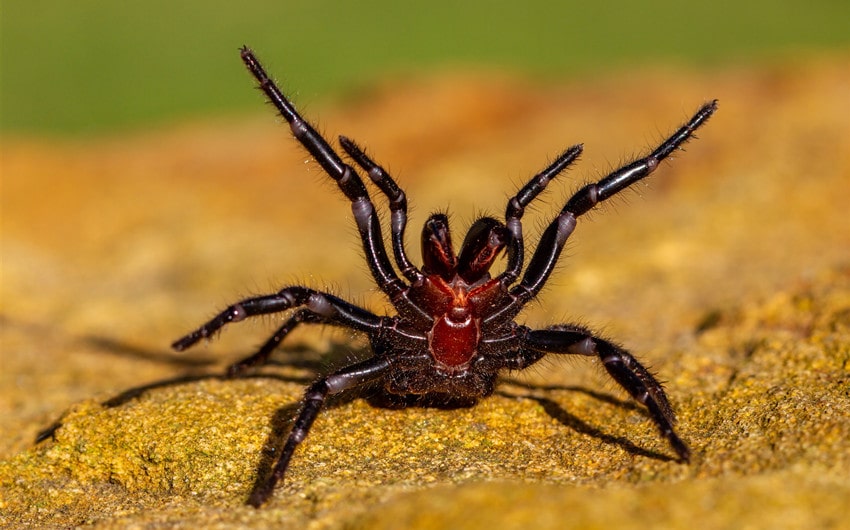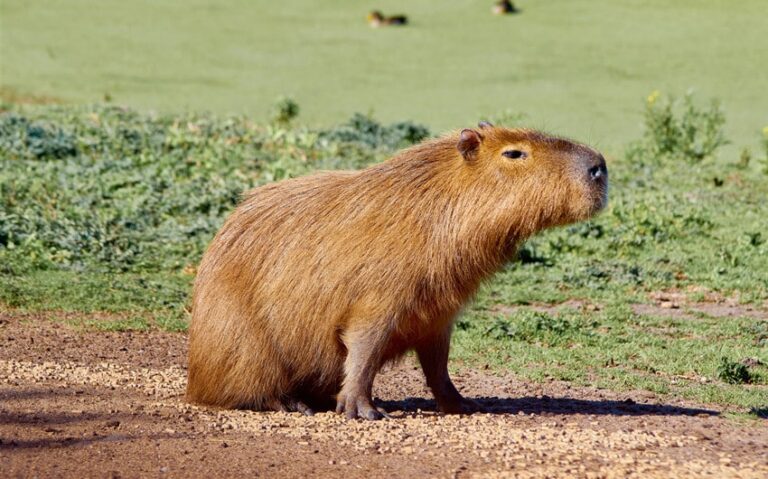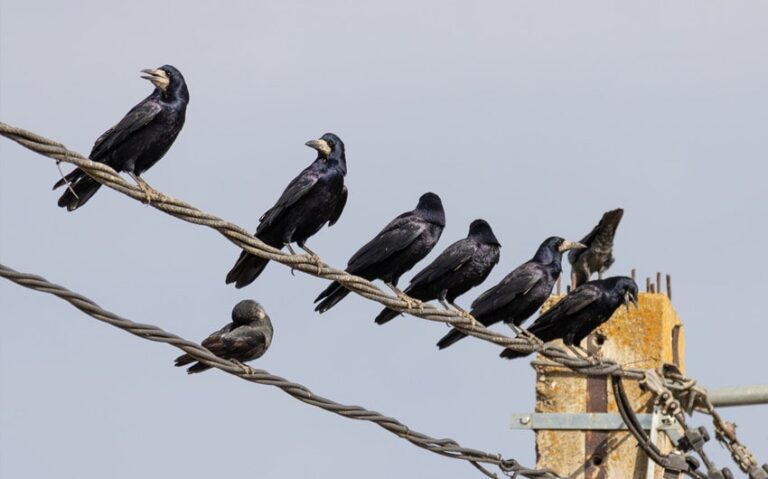Why There Are So Many Spiders in Australia and What It Means
Australia has always held this strange, magnetic energy for me. It’s wild, untamed, and beautiful—but also home to creatures that seem like they belong in a monster movie. And spiders? They lead the pack. From hand-sized huntsmans to bright-colored orb weavers, it feels like there’s always one lurking just out of sight. After seeing yet another viral photo of a spider hanging from someone’s car sun visor, I finally had to ask: why are there so many spiders in Australia? And maybe more importantly—why do they seem to thrive so comfortably alongside humans?
The Climate Is Basically Built for Spiders
If I were a spider, I’d move to Australia. No joke. The climate there is ideal for arachnid life. In much of the country, you’ve got warm temperatures, relatively mild winters, and consistent humidity. That means spiders don’t need to hibernate or struggle through harsh seasons like they do in colder regions.
In tropical and subtropical zones—like Queensland and parts of New South Wales—there’s nearly year-round warmth and moisture. That kind of weather helps spiders reproduce more frequently and ensures a steady supply of insects to snack on. Even Australia’s arid inland areas are home to tough, adaptive spider species that thrive in dry heat and dig burrows to survive the extremes.
And because there’s no consistent winter die-off, spider populations in Australia don’t reset every year. In many places, populations just build on themselves, season after season. If it feels like there’s always a spider around, that’s because there usually is.
Australia Is Home to an Astounding Diversity of Spiders
Here’s the wild part: Australia is home to over 10,000 known species of spiders, and experts believe that number could be double once all species are cataloged. That makes it one of the most spider-diverse places on Earth. You’ve got everything from tiny jumping spiders the size of a grain of rice to giant huntsman spiders with leg spans wider than a dinner plate.
And these aren’t just variations of the same few types. They’re incredibly distinct, both in appearance and behavior. The peacock spider, for example, is known for its vivid colors and elaborate mating dances. Trapdoor spiders build silk-lined burrows and ambush prey with frightening speed. Golden orb-weavers spin huge, shimmering webs capable of catching small birds. And then, of course, there’s the infamous Sydney funnel-web spider, whose venom has built a reputation that rivals any horror story.
This kind of biodiversity didn’t just happen overnight. It’s the result of millions of years of geographic isolation. Since Australia separated from other land masses, its animals and plants have evolved on their own path. That isolation allowed unique spider lineages to flourish without much competition. And because the continent includes such a range of habitats—from coastal jungles to red deserts—there was room for all kinds of evolutionary experiments to take root.
Spiders Help Keep the Environment in Check
I used to think spiders were just background creatures. Creepy, sure—but mostly just hanging out in corners. Now I realize they’re essential. In Australia especially, where insect life is rich and constant, spiders play a crucial role as nature’s pest control. They help keep the balance between species by feeding on flies, mosquitoes, beetles, moths, and even each other when necessary.
In rural areas, orb-weaving spiders can be found between trees or fence posts, catching insects by the thousands during the summer months. Huntsman spiders, as intimidating as they look, are prized by many Aussies for their cockroach-hunting skills. They’re the living version of a bug zapper, just way more efficient.
Without spiders, Australia’s insect population would likely skyrocket. They’re a natural line of defense, especially in areas where synthetic pest control isn’t always ideal or effective. And because most spiders don’t harm humans, they do their jobs quietly and effectively in the background—unless they decide to park themselves on your ceiling fan, of course.
“Spider Season” Makes It Feel More Intense
One thing that adds to the sense of spider overload is the fact that they become more visible during certain times of the year. In late summer and early autumn (around February to April), spider activity tends to spike. This period, often dubbed “spider season,” coincides with mating and hunting behaviors in many species.
Males, in particular, become more active and visible during this time as they wander in search of a mate. That means they’re more likely to turn up inside homes, on car dashboards, or in laundry rooms. Some of the most notorious encounters with large huntsman spiders happen during these months—when otherwise elusive creatures start showing up in plain sight.
There’s also ballooning. If you haven’t seen this phenomenon, brace yourself. In some parts of rural Australia, baby spiders release silk strands into the air and get carried by the wind, drifting to new homes. Entire fields can become coated in floating, silvery webs. It’s beautiful in a haunting, “this could be a horror movie” kind of way. And while it’s harmless, it’s a visual reminder of just how many spiders are out there, quietly doing their thing.
Human Expansion Has Pushed Us Into Spider Territory
It’s easy to think spiders are invading our spaces—but in reality, we’ve built our homes in theirs. As urban areas grow and push into previously wild landscapes, we come into contact with more of the species that have lived there all along. Bushland areas, rural farms, and even outer suburbs often sit directly on top of spider-rich habitats.
Some spider species, like the redback or white-tailed spider, are drawn to human-made environments. They like the shelter and warmth of sheds, garages, and storage areas. Others end up inside by accident—carried in laundry, hidden in boxes, or simply wandering in search of food or a mate.
Interestingly, many Aussies have learned to live with it. It’s not unusual for someone to spot a huntsman in the living room and just let it be. There’s a kind of mutual understanding: you don’t bother me, I won’t bother you. I find that mindset oddly comforting—like learning how to co-exist with the wild instead of constantly fighting it.
They Look Scarier Than They Are
Here’s the truth that most experts will tell you: Australian spiders may look terrifying, but the vast majority are harmless. Of the thousands of species on the continent, only a handful pose any real medical threat to humans. The two that get the most attention—the Sydney funnel-web and the redback—are dangerous, yes, but bites are rare, and antivenom has made fatalities extremely unlikely.
Then there are huntsmans. Massive, hairy, and fast-moving—they look like something straight out of a nightmare. But they’re shy, non-aggressive, and will only bite if seriously provoked. And even then, their venom isn’t considered medically significant for most people. I’ve seen countless photos of huntsman spiders being gently relocated with a broom or even a Tupperware container. It’s oddly respectful.
Many other species, like jumping spiders, orb weavers, and garden spiders, are even less threatening. Some are downright cute once you stop to look (or so I keep trying to tell myself). The more I learned, the more I realized that the fear comes from our own perceptions—not the spiders’ intentions.
Spiders Are Part of Australia’s Identity—Creepy, But Iconic
If you live in Australia, spider encounters aren’t just common—they’re almost cultural. Everyone has a story: the huntsman in the car, the redback under the outdoor chair, the golden orb-weaver building a web across the clothesline. These stories are told half with pride, half with mild trauma, but they’re shared all the same.
And while outsiders see Australia as some arachnid-infested danger zone, locals mostly just shrug and get on with it. Many Australians grow up with spiders as a normal part of the environment. Kids learn which ones to avoid and which ones to gently relocate. It’s not that they love spiders—it’s that they understand them.
Spiders have also found their way into Aussie humor. They’re in memes, on tourist T-shirts, and in exaggerated horror stories told around the barbecue. There’s something almost endearing about that kind of cultural resilience—the way people take a potentially scary reality and turn it into something they can laugh about, live with, and sometimes even admire.
They’ve Always Been There—We’re Just Paying More Attention Now
One thing I came to understand while researching this is that spiders in Australia aren’t new. They’ve always been there—millions of years before us. What’s changed is our awareness. Thanks to smartphones and social media, every spider sighting becomes content. The photo of a huntsman hanging out in a car or under a sun visor spreads like wildfire, feeding the myth that spiders are everywhere and always monstrous.
But the truth is more balanced. Yes, there are a lot of spiders in Australia. Yes, they show up in surprising places. But for the most part, they’re just going about their lives, keeping ecosystems stable and populations in check. And once I understood that, the fear started to shift into something closer to respect.
I’m still not planning to snuggle up with a spider anytime soon. But I’m also not going to panic when one shows up uninvited. Because in Australia, that’s just part of the deal. And maybe, just maybe, learning to live with spiders is a quiet reminder that we’re all sharing space—with creatures that have been here far longer than us.



